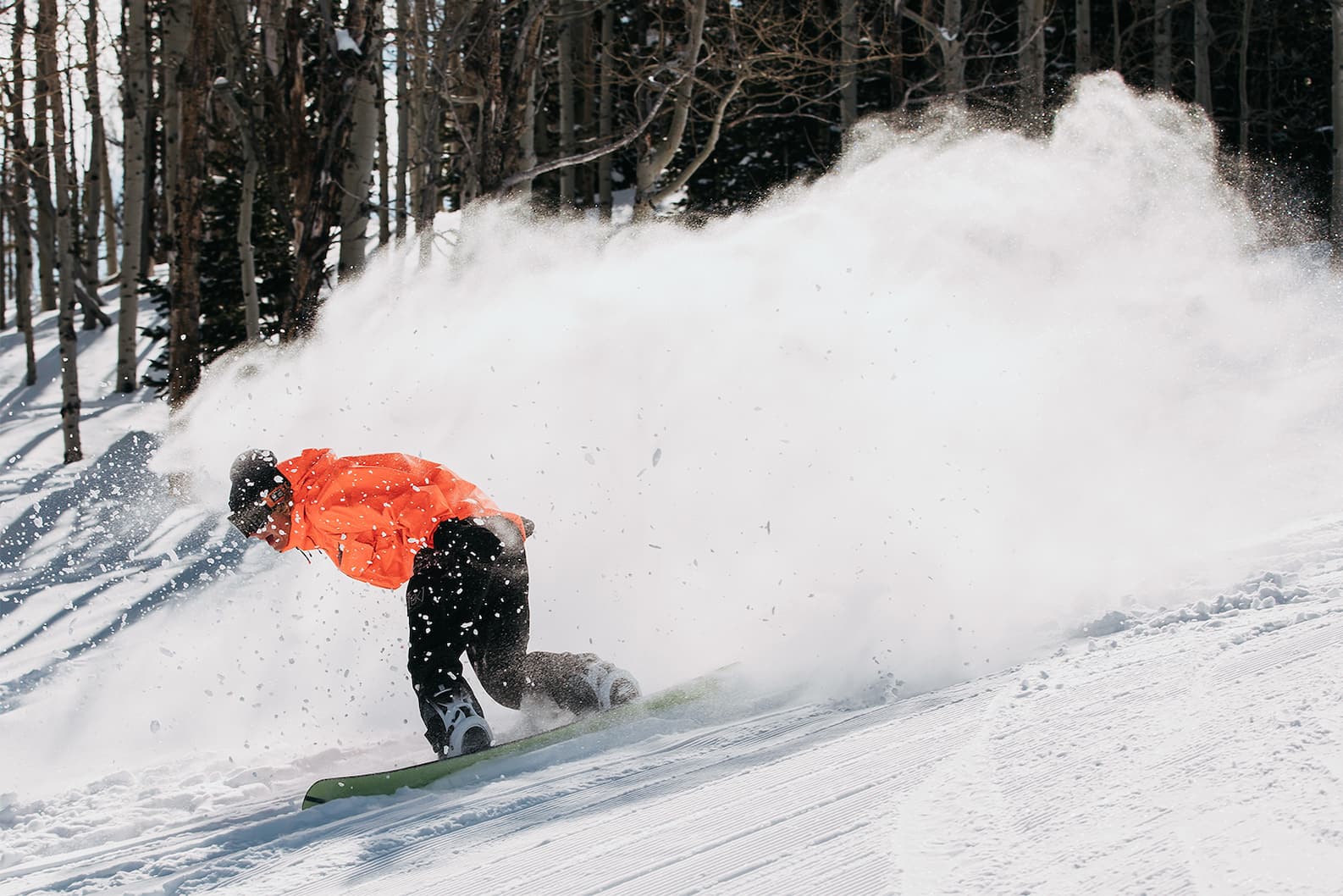Step On
The most sought after addition to the world of Snowboarding... since Snowboarding.. The Burton Step On System allows you to be done with the uncomfortable bend down, suck your gut in traditional snowboard straps.
Are you sick of being the last to drop in because you have to sit and strap up your bindings? Well, those days are over. Burton Step On® bindings and boots make snowboarding faster, easier, and more comfortable.
1: A Brief History of Burton Step On
In the early 2010s, Jake Burton Carpenter challenged Burton's engineers to build a binding/boot system that would make it easier for people to learn and enjoy snowboarding. In the early stages of the project, the team focused on ease of use and accessibility, but as time passed, comfort and performance surfaced as top priorities as well. And after five years of R&D, various iterations, and tons of rider feedback, Burton Step On® bindings and boots were launched in 2017.
2: Burton Step On Components
The Step On system consists of snowboard boots and snowboard bindings that are specifically engineered to work together. With Step On, the boot is anchored in the binding with three secure locking points: two toe cleats and a heel cleat.
Located on the front of each boot, the toe cleats align perfectly with the Burton Step On binding toe hooks to hold the boots in place and provide maximum toe edge response. At the same time, the heel cleat on the back of the boot locks into the heel clip on the binding heelcup using the same fundamental principle of a ratchet buckle. Additionally, a release lever on the heelcup of the binding controls the heel clip for quick in-and-out action.
3: Pros of the Step On System
There are two main pros of the Step On system: convenience and performance.
Many riders would agree that the worst part of snowboarding (aside from lift lines) is having to bend over or sit down to strap in at the top of a run. Not only does this take up valuable time that could be spent cruising with the squad, but for people who struggle with flexibility the strapping in process can be difficult or even painful. However, with Step On, you don’t need to stop and bend over to strap in. Simply step into the binding with the heel cleat aimed at the heel clip and once the heel clicks, press down to engage the toe cleats. That’s about as convenient as it gets.
When it comes to performance Burton Step On bindings and boots deliver unparalleled performance with zero comfort tradeoffs. The three anchor points in the baseplate and the heelcup ensure just the right amount of playfulness, flex, and response. Plus, no binding straps clamping down on your feet all day means fewer pressure points, hot spots, and foot fatigue.
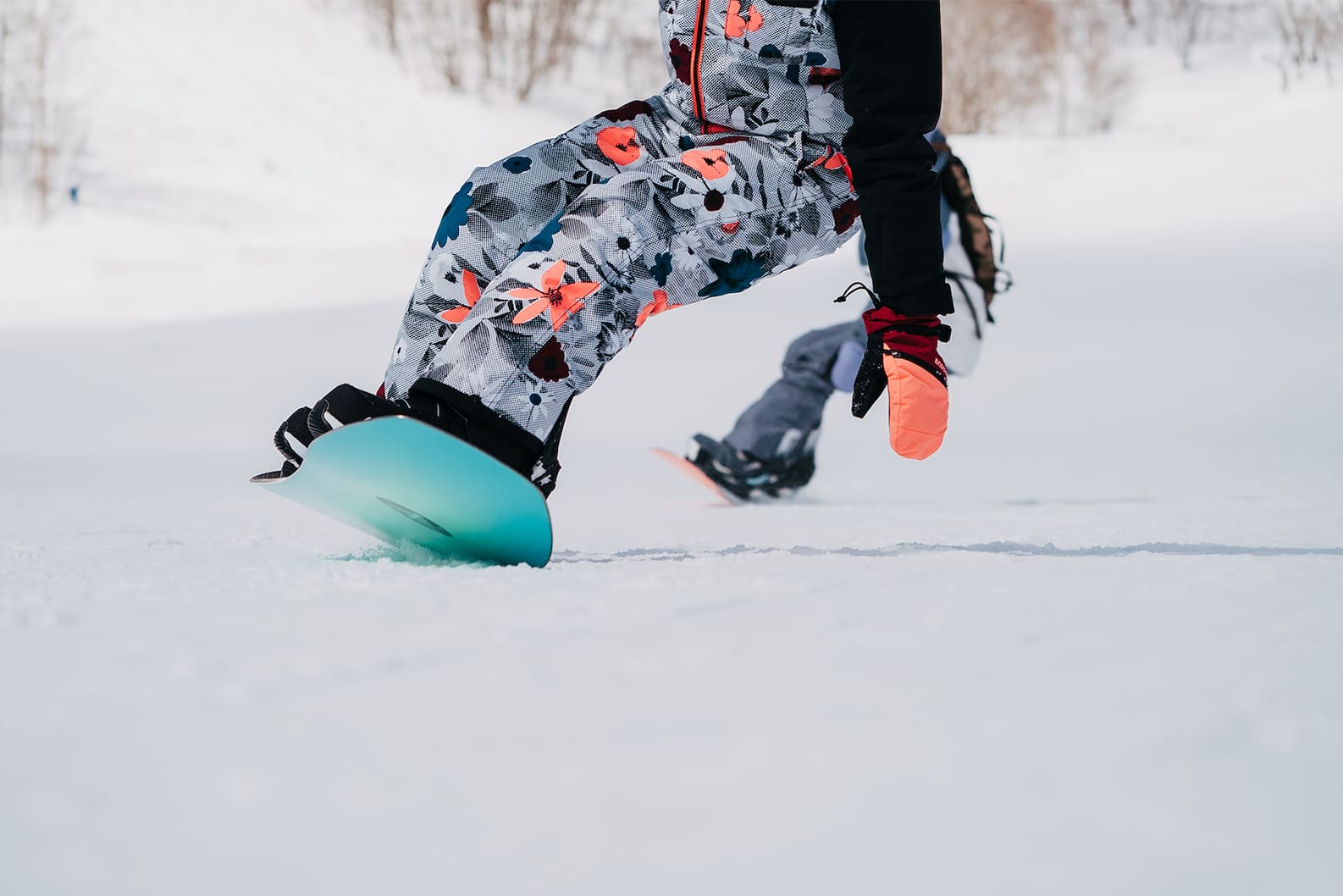
4: Cons of the Step On System
There are two main drawbacks of the Step On system: price and compatibility.
While Burton actively works to make snowboarding gear as affordable as possible, the bottom line is that Step On bindings and boots cost more than traditional bindings and boots due to the extensive R&D investment and proprietary manufacturing process. Include the fact that boots and bindings must be purchased together, and the initial investment can prove more costly than other options.
It is also worth noting that Step On boots and bindings are only compatible with each other. For example, Step On snowboard boots cannot be used with traditional snowboard bindings and traditional snowboard boots cannot be used with Step On snowboard bindings. While Burton continues to expand the collection and license the technology to other manufacturers, it is unlikely that riders will find the same number of Step On options as non-Step On options.
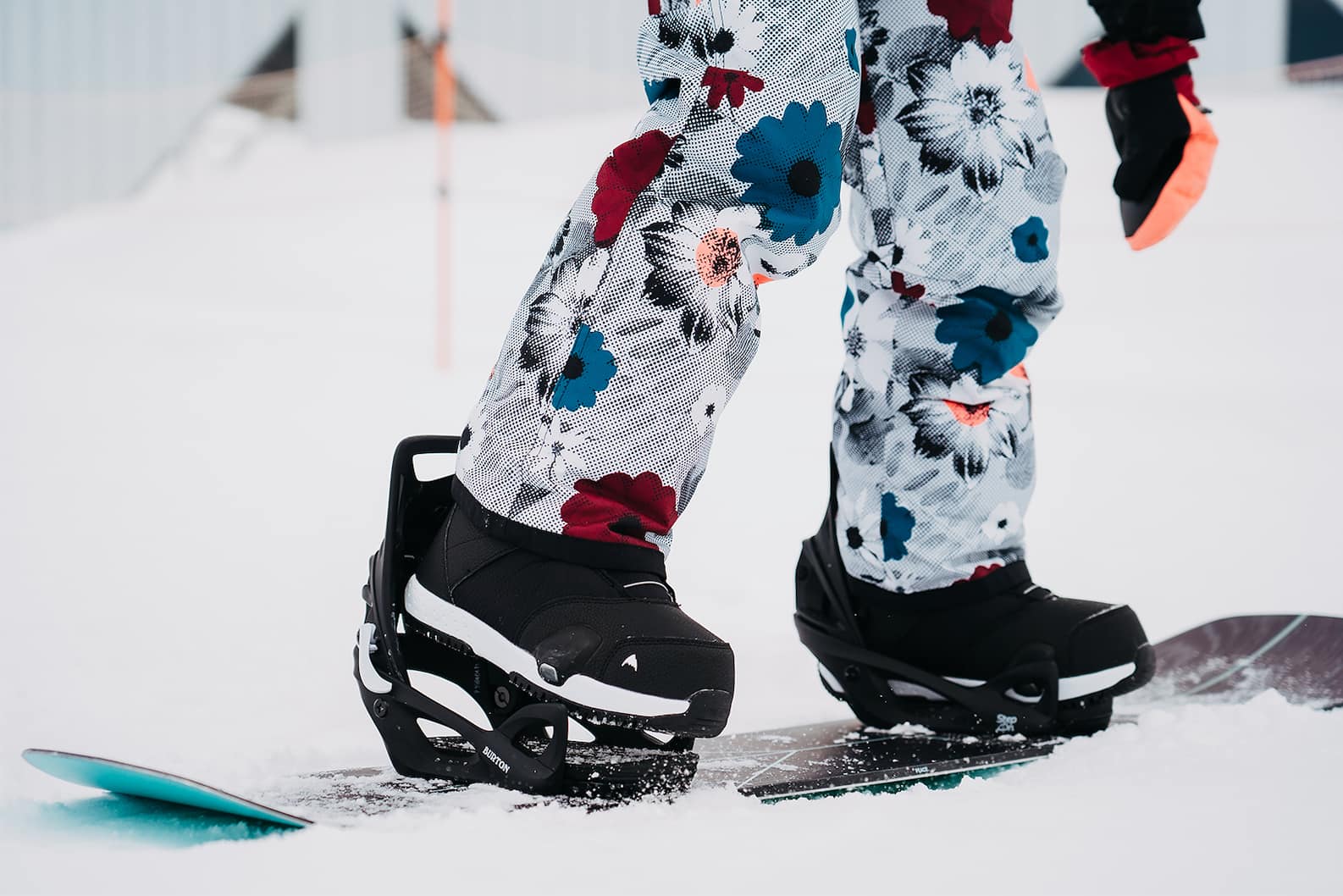
5: Burton Step On Bindings vs. Other Step-in Bindings
The concept of a strapless binding system is nothing new. Early step-in style bindings in the late 1990s attached under the foot using metal bars in the boot and a plate on the board. However, trying to control a snowboard from a connection beneath the foot was awkward and there was a noticeable loss of power transmission and board feel. Plus, this type of system was notorious for getting jammed up with snow and ice, making it difficult to lock in the boots.
The pitfalls of previous iterations of strapless bindings became the road map for developing Step On, showing us exactly what we needed to get right in order for the system to work. And unlike those early step-in style bindings, Burton Step On bindings attach at the heelcup and on either side of the toes. These connection points are how riders generate power and precision. Additionally, the heel cleats of Step On bindings are situated off the snow a bit and faces inwards, preventing them from getting jammed up with snow. And as an added bonus, Step On boots are constructed without any metal underfoot, making them super comfortable to walk and ride in all day, every day.
6: Burton Step On Bindings vs. Traditional Strap Bindings
Step On bindings are constructed with the same nylon composite as traditional strap bindings, which means that they flex and ride in a similar manner as traditional strap bindings. But when compared side-by-side, riders usually report that Step On provides more power and precision from edge-to-edge, which is likely due to the fact that with straps, there is a tiny delay between initiating a turn and following through on the turn.
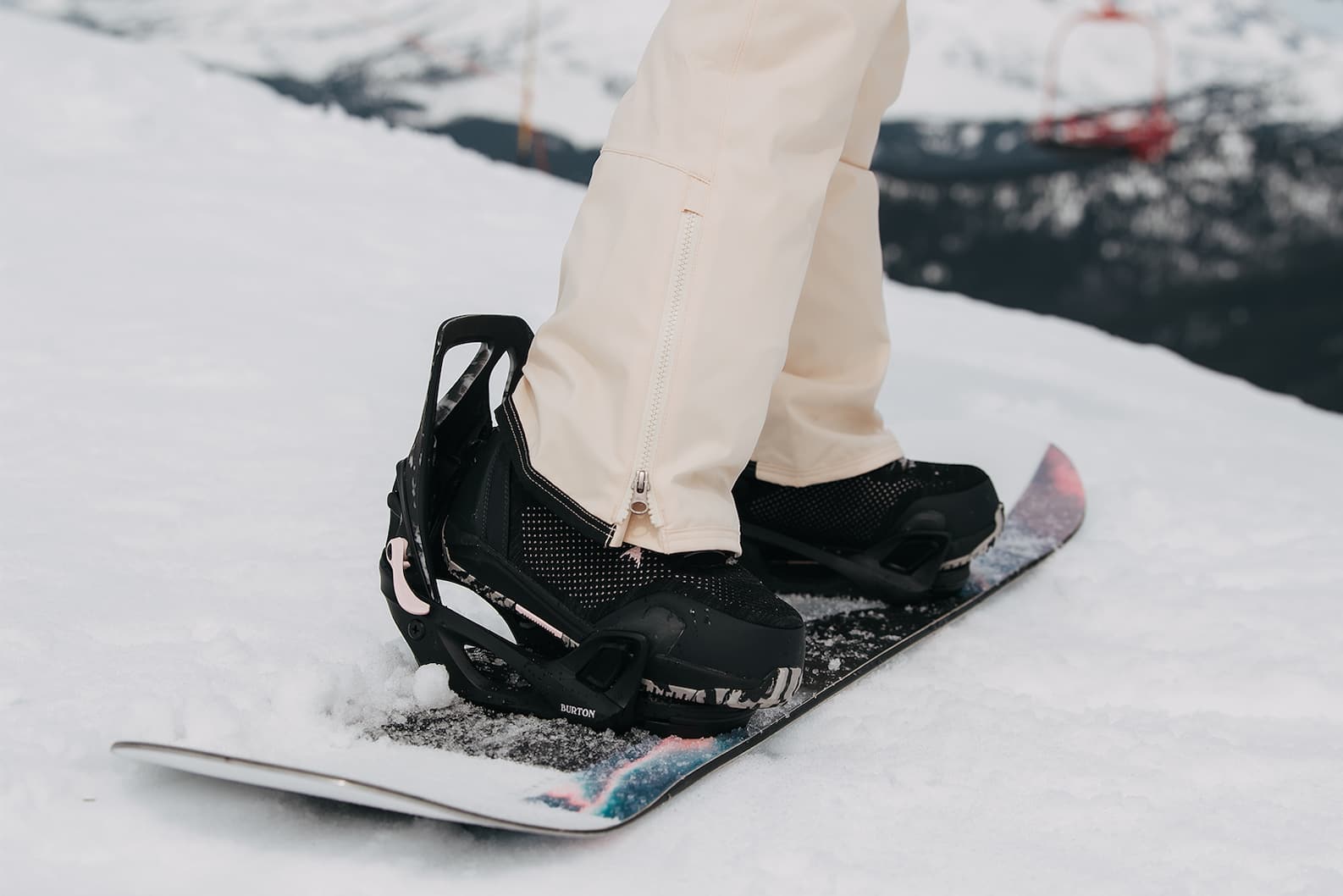
7: How to Use the Burton Step On System
While the Step On system is fairly intuitive, it can take a few times stepping in and out to get the hang of. After you've confirmed that your new boots are the correct size for you, practice stepping onto the binding and locking in. We generally recommend about 10 minutes of practice at home on the carpet in the living room to get familiar with engaging and disengaging the boots from the bindings. Basically, all you need to remember is: Heel. Toe. Go.
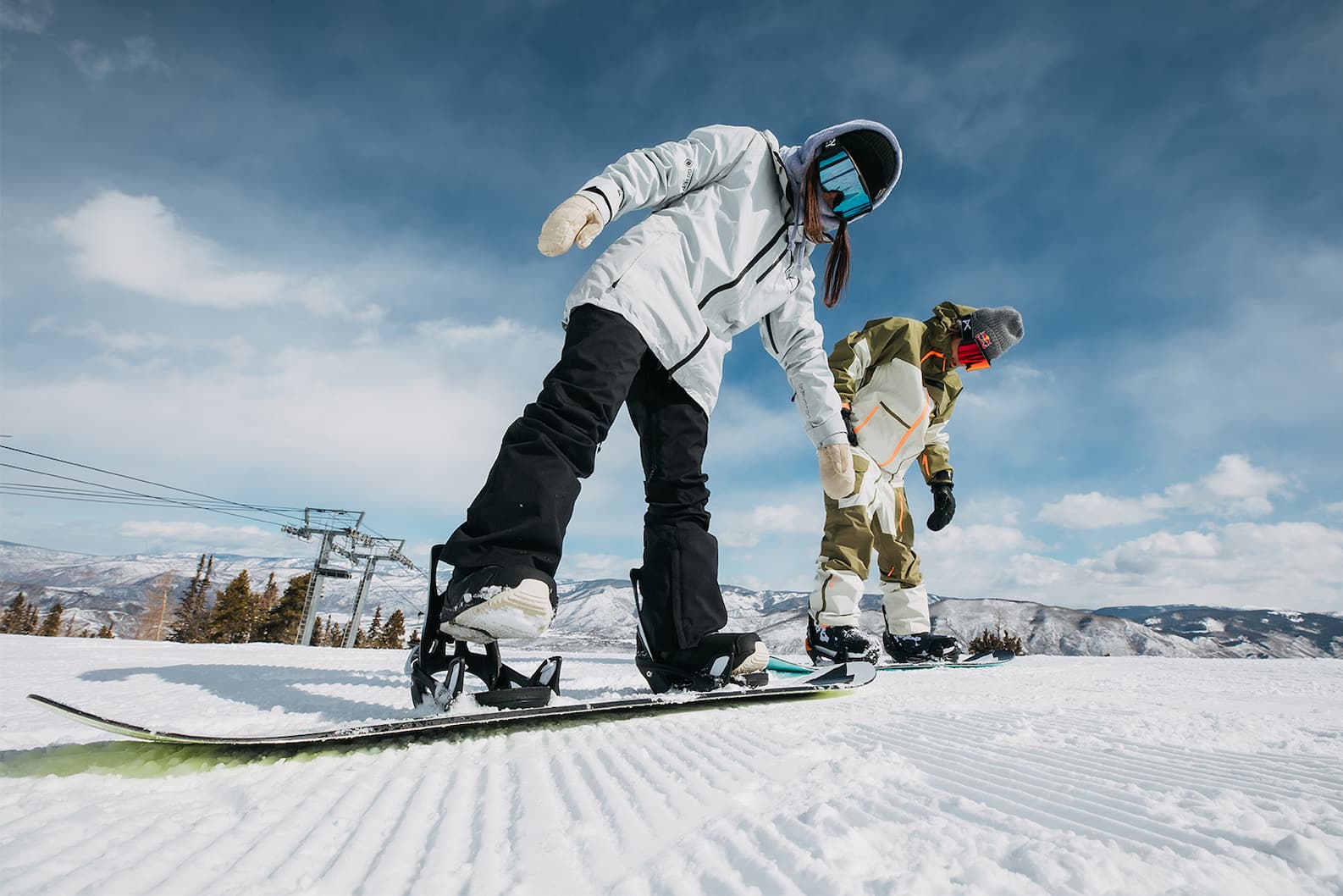
- Engage the heel first. On the back of the boot, there is a small cleat with two shelves; this is the primary connection point and retains the boot in the heel clip on the heelcup/highback of the binding. Step over the binding and press the heel of the boot back into the heelcup until you hear a slight click. Next, press down harder until you hear a second click.
- Lock in the toes. Once the heel of the boot is locked in, lean forward and apply pressure to your toes. The toe cleats should click or snap into the side hooks on your bindings, and you're all dialed in. Roll side-to-side to ensure both toe cleats are locked.
- Drop in. Rip some carves.
Pro tip: There is a pant clip on the back of Step On boots, directly above the heel cleat. Slide your snowboard pant cuff into the metal clip to prevent them from getting in the way of the heel clip or getting caught in the heel clip.
And finally, we built Step On to be durable, reliable, and consistent from first chair to après. Don’t be afraid to apply plenty of pressure to engage the system, it can take it. Riders who are new to Step On tend to be gentle when stepping on and locking in. But remember, the system is designed to take a beating and keep delivering fun. Trust us.
8: Frequently Asked Step On Questions
We get it. Step On is different from what you’re used to, and we definitely appreciate your skepticism. That is why we compiled some of the top Step On questions that the Burton Guides have received over the years.
Q) What snowboard mounting systems can Step On be used with?
A) Burton Step On bindings feature the Re:Flex mounting system, which is compatible with The Channel® and 2x4 hole pattern boards. This also means that Step On bindings are compatible with 3D hole pattern snowboards with the correct 3D-specific disc.
Q) Does Step On work in powder?
A) Yes! Step On works great in powder. As with any binding, when riding powder you'll need to brush snow out of your binding footbed when stepping on. If you're in really deep snow, you'll need to use your board to pack down the snow a bit and make a nice spot to get locked in.
Q) Does Step On work for park riding?
A) Yes! Ask any of the Burton Team riders and they will confirm that Burton Step On bindings and boots deliver consistent results across the entire mountain, from groomers to sidecountry to park laps and urban features.
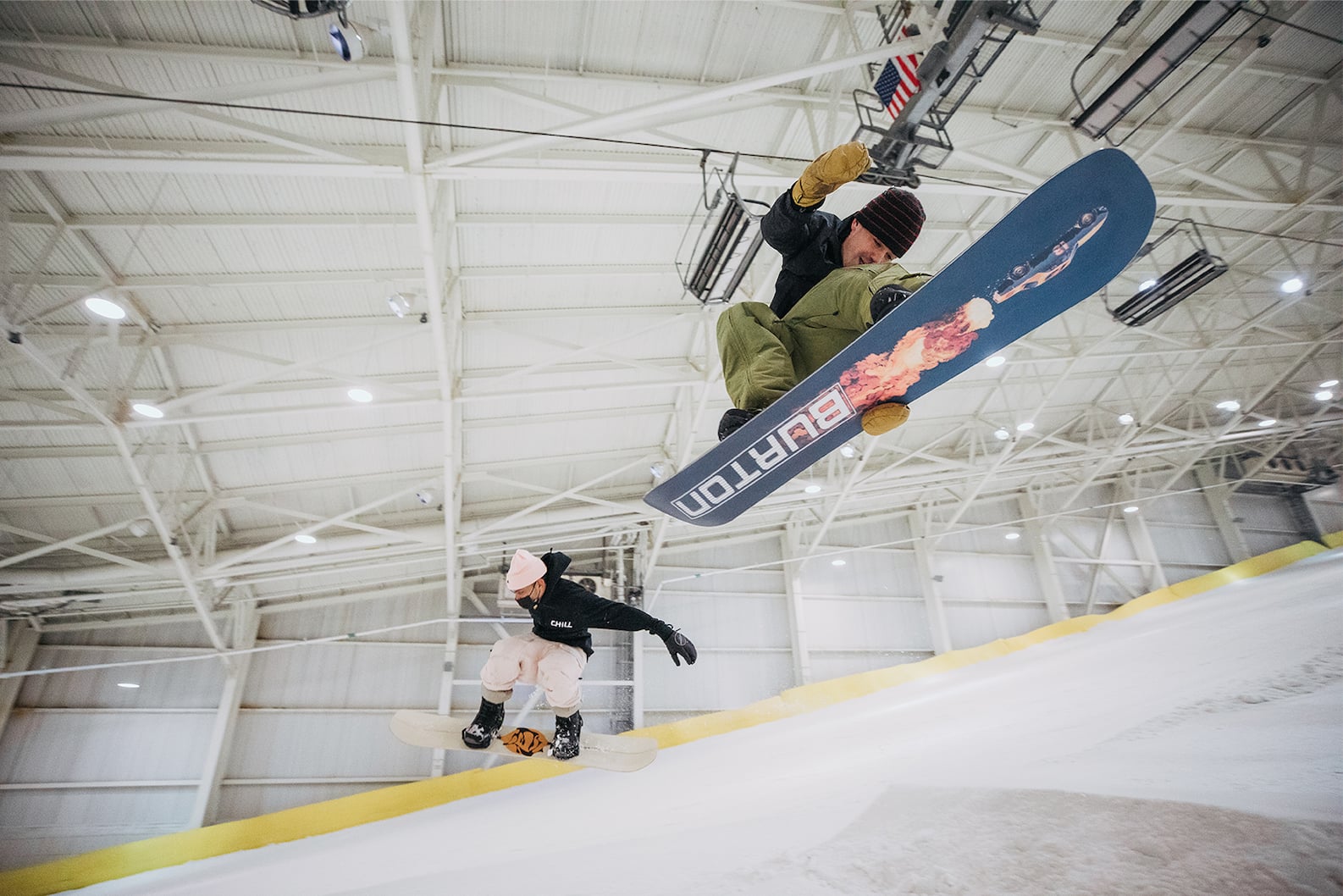
Q) Do I need specific Step On binding size for my boots?
A) Yes, Burton Step On bindings are engineered in specific sizes to match specific size ranges of Burton Step On boots. To make things simpler, Step On boot and binding boxes are color-coded to ensure compatibility when shopping in-store.
Q) How do I adjust the binding Gas Pedals (footbed) to fit my boots?
A) To change the footbed size of your Step On bindings, pop up the two tabs on the seam of the footbed (near the heel) using your fingers or a flathead screwdriver. Once the tabs have been released, fold back the footbed to reveal the Gas Pedal setting options, which are numbered for different sizes of boots. Slide the entire footbed forward or backward and snap the pad back into position.
Q) Does the Step On system have forward lean?
A) Yes, all of Step On bindings feature adjustable forward lean. To increase or decrease your forward lean, look on the inside of the binding highback and locate the forward lean screws. Tighten the screws (clockwise) to increase forward lean; pay attention to the forward lean markers (F1, F2, F3) to determine your proper setting. Note that as you increase forward lean you will see the gap between the highback and the heel cup get bigger; this is normal.
Q) How do I know I’m fully locked in?
A) Listen for all three clicks (at least one heel cleat click and two toe cleat clicks). Keep wiggling your foot side-to-side until you’re fully clicked.
Q) How do I get out?
A) Stepping out is as easy as stepping on (maybe even easier). Simply pull up on the lever located on the outside of the Burton Step On binding heelcup and lift your heel up while twisting it slightly. Avoid lifting your foot straight up as that can cause the toe hooks to stay engaged. Also, there is no need to hold the lever up as the instant it is activated the buckle disengages. Simply lift it and let it go, then step out.
Q) Do Step On snowboard boots fit like regular snowboard boots?
A) Yes! Burton Step On snowboard boots are constructed from the same materials and use the same liners as the rest of Burton’s snowboard boot line. This means that Step On boots will fit and feel the same as a traditional snowboard boot.
Q) While riding, I sometimes hear small clicking noises coming from the Step On bindings. Is this normal?
A) Yes, this noise is normal and not an indication of a defect. This clicking noise is the result of minor friction between the toe cleats and the toe hooks. An easy solution for this issue is to apply a small amount of lubricant (like a rub-on wax) directly to the toe cradle, just above the toe cleat.
Q) What is the warranty policy for Step On?
A) Burton’s standard lifetime warranty applies to the Step On baseplate and a 1-year warranty applies to all other Step On components. Additionally, Step On is backed by Burton’s industry leading W48 policy so you can rest easy knowing that you will always receive the fastest service possible.
